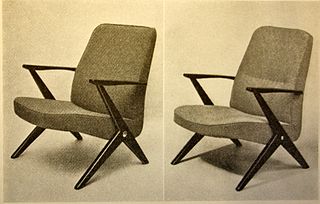Humans who are
faced with difficult choices are often tempted to simply opt out of making a choice,
especially when they realize that they cannot easily resolve their uncertainty
as to which choice is the better choice. Some researchers consider this ability
to opt out as an indicator of “meta-cognition”, a term used to describe
“thinking about thinking”. Instead of plowing ahead with a random choice,
humans can recognize that they lack adequate information and choose not to make
a decision. Humans are not the only animals who engage in meta-cognition.
Recent studies have shown that dolphins or non-human primates also have the
capacity for meta-cognition and when faced with difficult decisions may also
choose to opt out of the decision-making process.
The new study “Honey
bees selectively avoid difficult choices” published on November 4, 2013
in the Proceedings of the National
Academy of Sciences suggests that honey bees can exhibit complex decision
making skills and opt out of making difficult choices. The researchers Clint
Berry and Andrew Barron studied the behavior of honey bees in containers who
were given two choices: flying towards targets containing either a reward
(sweet sucrose solution) or a punishment (bitter quinine solution), as well as
an opt-out choice in which they could exit the container. In the first stage of
the experiment, the bees were trained to recognize the targets by using horizontally
drawn reference lines and placing the reward and punishment targets clearly
above or below the reference lines. The bees gradually learned to distinguish between
reward and punishment by using the reference lines. In subsequent experiments,
the researchers challenged the trained bees by making it more difficult for
them to distinguish between reward targets and punishment targets. They placed
the targets closer and closer to the reference line, to the point where it even
became impossible for the bee to "guess" which target would contain
the sweet sucrose solution and which one was the bitter quinine solution. As
this distinction became more difficult, an increasing number of bees simply
chose to not make a decision at all and instead opted out of the test by flying
into another container via an "exit hole".
This study shows
that bees have some degree of adaptive or complex decision making capacity. Bees
can learn and remember different stimuli, and that the difficulty of the
decision influences their behavior. It also has some strengths such as the straightforward
experimental design and the inclusion of control experiments, such as the fact
that the researchers alternated the positions of rewards and punishments to
make sure this was not a confounding factor.
However, it would be premature to call this
study evidence of meta-cognitive thinking, as
suggested in the press release by the university. There are important
limitations to this research, such as the fact that the study conclusions regarding
the decision-making of bees is based on merely ten individual bees, some of
whom responded very differently from each other. This is rather surprising
since the experimental set-up appears fairly simple and a higher sample size
could have bolstered the marginally significant results. Furthermore, it is not possible to interrogate
bees to ascertain their motivations or rationale. Merely opting out of a
difficult choice by flying into a different container is not really sufficient
to invoke “meta-cognition”, a complex process that should only be used when one
can investigate the cognitive process itself and understand how decisions are
made. The discussion section of the paper even goes into speculations about
neuronal pathways that bees may use, but at no point were neuronal pathways
even assessed in the study.
In
summary, this is an interesting study that informs us about the complex
learning capacity of bees and reminds us that non-mammals may have learning,
memory and decision making skills that need to be investigated. Its major limitations
make it difficult to draw definitive conclusions about “meta-cognition” in bees,
but hopefully, this study will inspire future research that investigates
non-mammalian decision-making in more depth.














